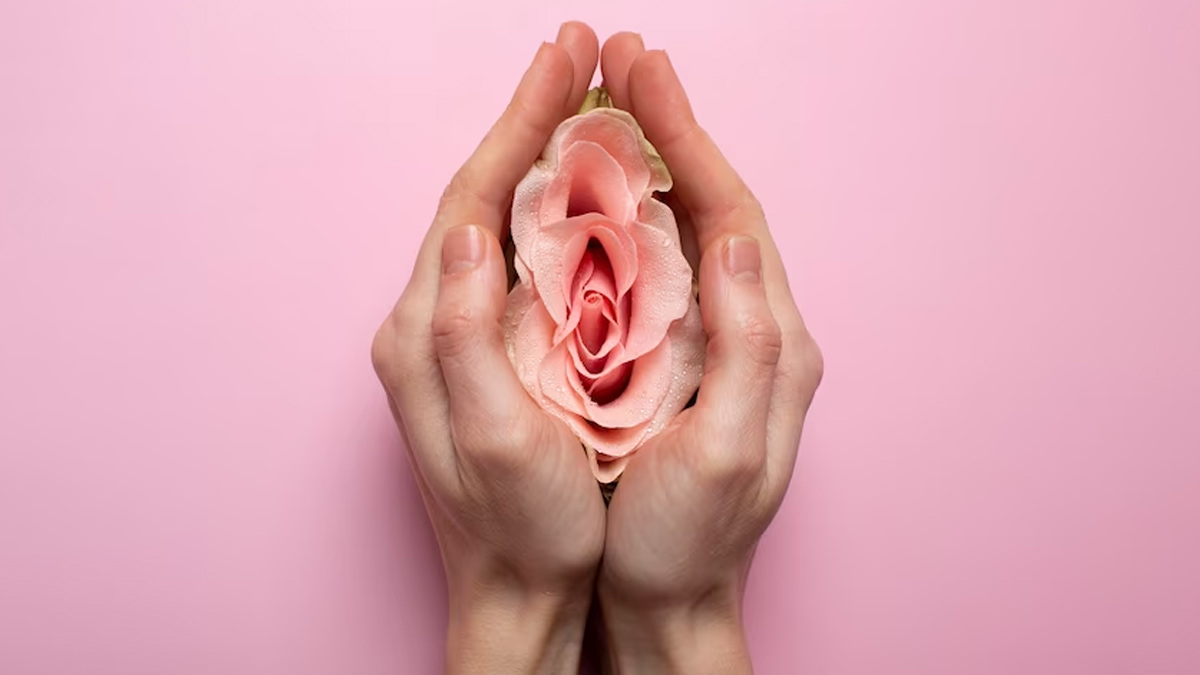
Maintaining the right pH balance in the vagina is crucial for good vaginal health. The pH level of the vagina plays an essential role in preventing infections and maintaining a healthy microbiome. The vaginal pH can vary throughout the menstrual cycle, but the normal range is between 3.5 to 4.5. When the pH balance is disrupted, it can lead to a range of health problems, including bacterial vaginosis, yeast infections and UTIs. In this article, we will discuss some tips to maintain the pH levels of the vagina.
Table of Content:-
Tips To Maintain pH Levels Of Vagina
1. Practise Good Hygiene
The first and foremost tip for maintaining good vaginal health is to practice good hygiene. It is essential to keep the area clean and dry to prevent the growth of bacteria and fungi. You should wash your vagina with warm water and a mild, unscented soap. Avoid using douches or other feminine hygiene products as they can disrupt the natural pH balance of the vagina.
2. Wear Breathable Clothing
Wearing tight-fitting clothing or synthetic fabrics can trap moisture and heat, leading to an increase in bacterial growth. It is recommended to wear breathable cotton underwear and loose-fitting clothing to allow air to circulate and prevent the accumulation of sweat and moisture.
Also read: World Health Day 2023: Impact Of What You Eat On Your Mental Health

3. Maintain a Healthy Diet
Eating a healthy, balanced diet can help maintain the proper pH balance in the vagina. A diet rich in probiotics, such as yoghurt, kefir, and kimchi, can promote the growth of good bacteria in the vagina, which helps to maintain a healthy pH balance. Additionally, avoiding sugary and processed foods can help prevent the overgrowth of harmful bacteria and yeast.
4. Use pH-Balanced Products
Using pH-balanced products can help maintain the natural pH balance of the vagina. This includes using pH-balanced soaps and cleansers that are specifically formulated for the vagina. It is also recommended to use pH-balanced lubricants during sexual activity to prevent irritation and maintain a healthy pH balance.
5. Practice Safe Sex
Practising safe sex is crucial for maintaining a healthy pH balance in the vagina. Unprotected sex can introduce harmful bacteria and other microorganisms into the vagina, leading to infections and a disrupted pH balance. Using condoms can help prevent the spread of STIs and maintain a healthy vaginal pH.

Also read: World Health Day 2023: Impact Of What You Eat On Your Mental Health
6. Avoid Antibiotics Unless Necessary
Antibiotics can disrupt the natural balance of bacteria in the vagina, leading to an overgrowth of harmful bacteria and yeast. It is essential to avoid unnecessary antibiotic use and only take them when prescribed by a doctor. If you do need to take antibiotics, talk to your doctor about ways to maintain a healthy vaginal pH balance, such as taking probiotics.
7. Manage Stress
Stress can have a significant impact on the body, including the vagina. Stress can disrupt the natural pH balance of the vagina and increase the risk of infections. Managing stress through activities such as meditation, yoga, or exercise can help maintain a healthy vaginal pH balance.
Maintaining the proper pH balance in the vagina is essential for good vaginal health. By practising good hygiene, wearing breathable clothing, maintaining a healthy diet, using pH-balanced products, practising safe sex, avoiding unnecessary antibiotic use, and managing stress, you can maintain a healthy vaginal pH balance and prevent infections and other health problems. If you experience any symptoms of an infection, such as itching, burning, or discharge, contact your healthcare provider for diagnosis and treatment.
Read Next
Mothers Dealing With Postpartum Depression Can Benefit From Sound Therapy, Expert Weighs In
How we keep this article up to date:
We work with experts and keep a close eye on the latest in health and wellness. Whenever there is a new research or helpful information, we update our articles with accurate and useful advice.
Current Version